This article was co-authored by wikiHow Staff. Our trained team of editors and researchers validate articles for accuracy and comprehensiveness. wikiHow's Content Management Team carefully monitors the work from our editorial staff to ensure that each article is backed by trusted research and meets our high quality standards.
wikiHow marks an article as reader-approved once it receives enough positive feedback. In this case, 90% of readers who voted found the article helpful, earning it our reader-approved status.
This article has been viewed 50,780 times.
Learn more...
Kwanzaa is a joyous time of reflection and celebration of African heritage that takes place each year between December 26th and January 1st. A central part of the celebration is the nightly lighting of the kinara, a special candelabra. Learn how to prepare for the kinara lighting and how to light the candles each night of Kwanzaa.
Steps
Preparing the Kinara and Kwanzaa Table
-
1Get out your Kwanzaa items on the morning of December 26th. Kwanzaa starts the evening of December 26th, so you'll need to get all your items together that morning and afternoon. If you celebrate Christmas or any other holiday, put those decorative items away before you set up for Kwanzaa.[1]
- Self-determination and the specific culture of Africa is an important part of Kwanzaa. You can still celebrate other holidays, but be sure the only holiday decorations up on December 26th are for Kwanzaa.
-
2Buy or make a kinara. The kinara is the candle-abra used to hold the seven Kwanzaa candles. You can buy a readymade one online or at a local African goods store, or you can even make one yourself if you know anything about wood or metal-working.[2]Advertisement
-
3Get candles in the correct colors. You’ll need seven black candles, fifteen red candles, and six green candles. Use tapers instead of short candles, and be sure they fit your kinara first!
-
4Put your candles in the kinara. The black candle goes in the middle, with three red candles to the left and three green candles to the right. You’ll replace each one you burn daily.
- The colors have symbolic meanings. The black candle represents the African people, the red candles symbolize their struggles, and the green represents hope for the future. The number of candles represents the seven principles of Kwanzaa. Together, the candles are called the mishumaa saba.
-
5Set up your kinara at home. Choose a central location in your home to set up the kinara, like the living room or kitchen. You can set it up on a table or countertop. But don’t put the kinara there yet--the kinara is just one of the components of a Kwanzaa celebration. You’ll need a few other things before you get started.[3]
-
6Lay out a cloth and mat on the table. You’ll need a piece of African patterned cloth, or green cloth. This goes over the table, so it should be larger than the tabletop. A mkeka, or straw mat, is placed on top of the cloth. You’ll put the kinara and all the other celebratory items here.
-
7Add an ear of corn for each child in your house. Ears of dried corn symbolize children and are placed on the mkeka. If there are children in the house, put one ear on the mkeka for each child. If there are no children, put down two ears for the collective children of the African people. Grocery stores and craft stores sell dried corn in the fall and winter.
-
8Set the unity cup up on the mkeka. The kikombe cha umoja, or unity cup, is also put on the mkeka. This can be any special cup, but if you have one made of wood or decorated with African art, use it! The cup will be filled with water each night of Kwanzaa.
-
9Put African foods and crops in a bowl on the table. African or African-American foods and crops are placed in a bowl on the mkeka. You can use gourds, yams, peanuts, or any other food that symbolizes your African heritage.
-
10Decorate the area with African art. Put any other African or African-American art, objects, or books you have on or around the mkeka to symbolize your commitment to learning about your heritage.
-
11Set up the kinara in the middle of the mkeka. Display your kinara in the center of the mkeka, making it the focal point of the Kwanzaa display. You can arrange the other items any way you want on the mkeka, but the kinara should be front and center.
Lighting the Candles
-
1Wait until after sundown. Kwanzaa is celebrated each night from December 26th to January 1st, so you’ll need to wait until after sundown to get started. You don’t have to light the candles at a precise time, but you should try to light them around the same time each night.[4]
-
2Gather around the kinara. Gather your family and friends around the kinara. The mood should be joyous, yet respectful. Be sure everybody is there and is attentive. Turn off any TVs, radios, or cell phones in the room.[5]
-
3Light the black candle on the first day of Kwanzaa. On December 26th, light the black candle in the center of the kinara. You can use the lighting method of your choice, but be sure it’s respectful--no lighters with characters or logos on them![6]
-
4Drink or pour from the kikombe cha umoja (unity cup). After the candle is lit, each person should drink from the unity cup. Any water left over should be poured over the bowl of crops as a libation. You can also pour directly from the cup onto the crops.
-
5Discuss the concept of umoja (unity). Each day of Kwanzaa has a specific principle. December 26th is dedicated to umoja, or unity. As you light the candle and pass the unity cup, discuss what unity means to you, your family, and your people. You can even go around and ask everyone to talk about how they can practice unity.[7]
- In order, the remaining six principles are: self-determination (kujichagulia), collective work and responsibility (ujima), cooperative economics (ujamaa), purpose (nia), creativity (kuumba), and faith (“imani”).
- Many people suggest making a family pact to live each principle for a year.
-
6Call out the phrase “Harambee!” seven times. After you discuss the day’s principle, call out the Swahili word “Harambee!” seven times. It means “let’s pull together” and it symbolizes the need for unity and cooperation among African-descended peoples. You can call it loudly or softly, alone or all together in a group.
-
7Continue your observance in the room until the candle goes out. Each night of Kwanzaa features food and discussion of African heritage and pride until the candle burns itself out. You can eat anything you want--some people serve only African food, others their favorite family recipes. Discussion is also open. It can be serious, sad, funny, or heated. Some people tell family stories in homage to the African oral tradition, while others discuss politics and activism.[8]
- You don’t have to stop as soon as the candle burns out, but you should stay in the same room for fire safety reasons.
Continuing the Kwanzaa Celebration
-
1Light the black candle first each night. Each night of Kwanzaa, replace the black candle and light it first. You should be starting with a fresh black candle each night--a single candle won’t last seven days![9]
-
2Light one more candle each day, from left to right (red to green). For the second through seventh days of Kwanzaa, light the candles from left to right, with the red ones being lit first. Each day, replace all the used candles and light all the previous candles before lighting that night’s candle. So on the third night of Kwanzaa, you would replace the two candles you’ve already used up, and then light them first before lighting the third one.
- Some families choose to alternate red and green candles, to symbolize hope even in the midst of struggle.
-
3Repeat the rest of the ceremony each night. Continue with the rest of the lighting ceremony for each night of Kwanzaa. If you have enough people, you can rotate leading the ceremony or discussing the principles each night.
-
4Celebrate your African culture and heritage throughout Kwanzaa. Kwanzaa is a time to celebrate your African heritage as much as possible. Try to celebrate or remember a different aspect of your heritage each night. Some people focus on learning about Africa, others on activism, and some focus on art and culture.[10]
- On the night of December 31st, exchange gifts with your family, especially children.
Warnings
- Be careful around open flames. Keep a fire extinguisher handy and don’t leave the kinara unattended.⧼thumbs_response⧽
References
- ↑ https://www.africa.upenn.edu/K-12/Kwanzaa_What_16661.html
- ↑ https://www.africa.upenn.edu/K-12/Kwanzaa_What_16661.html
- ↑ https://www.africa.upenn.edu/K-12/Kwanzaa_What_16661.html
- ↑ http://www.beliefnet.com/love-family/holidays/kwanzaa/how-to-celebrate-kwanzaa.aspx?p=5
- ↑ http://www.beliefnet.com/love-family/holidays/kwanzaa/how-to-celebrate-kwanzaa.aspx?p=5
- ↑ https://www.africa.upenn.edu/K-12/Kwanzaa_What_16661.html
- ↑ http://www.beliefnet.com/love-family/holidays/kwanzaa/how-to-celebrate-kwanzaa.aspx?p=5
- ↑ http://www.beliefnet.com/love-family/holidays/kwanzaa/how-to-celebrate-kwanzaa.aspx?p=5
- ↑ https://www.whychristmas.com/customs/kwanzaa.shtml
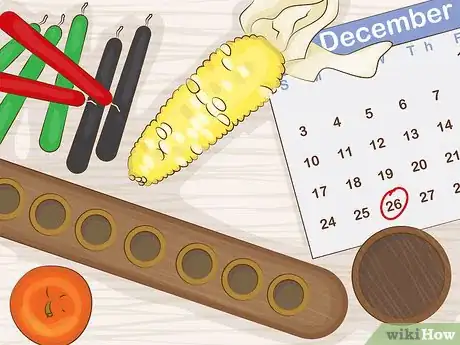
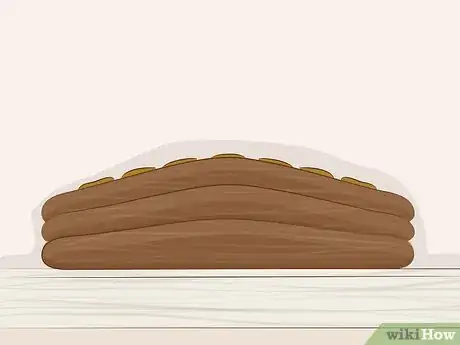
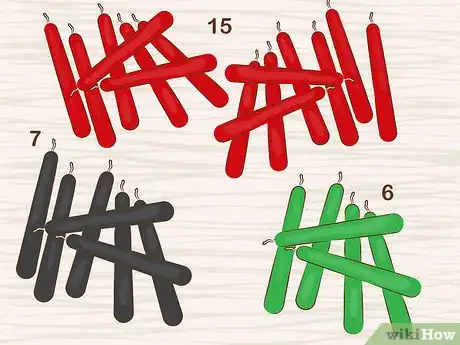

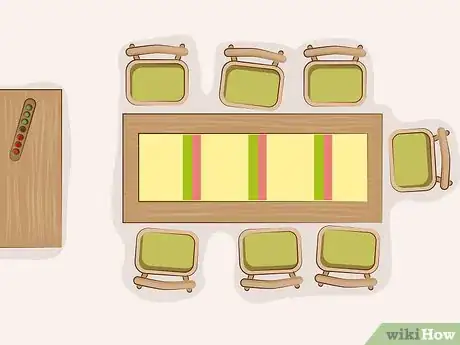

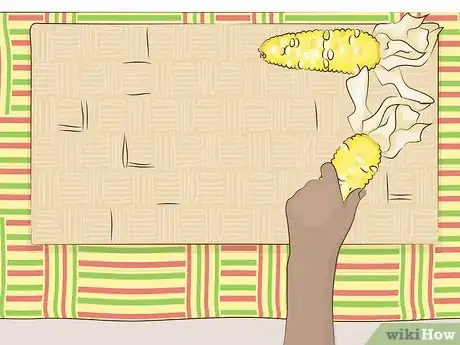
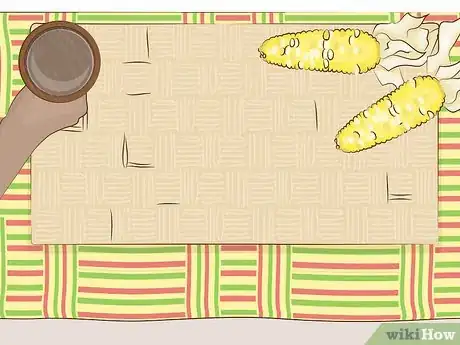
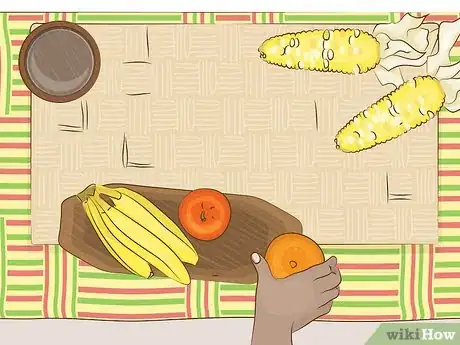
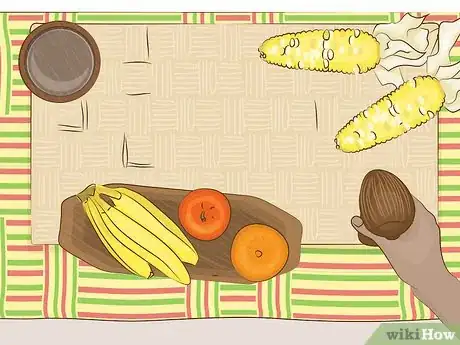
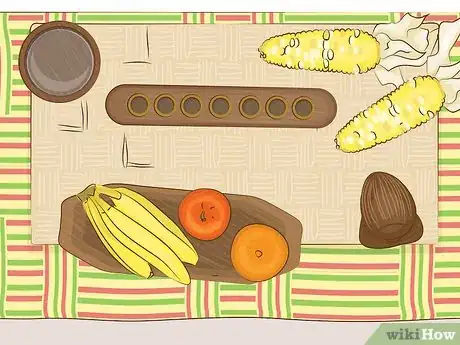

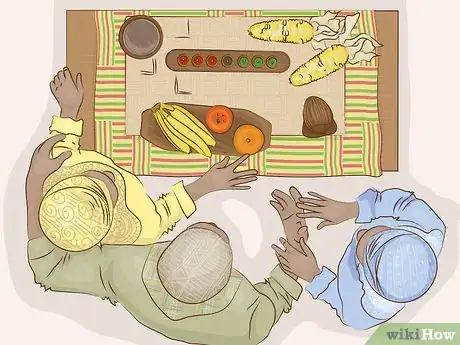
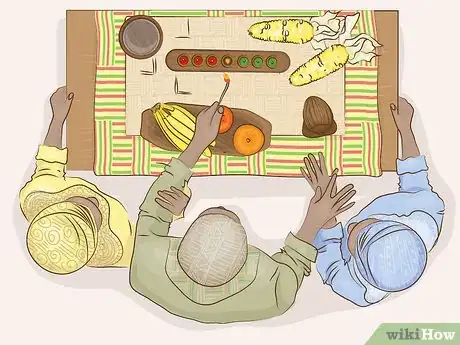
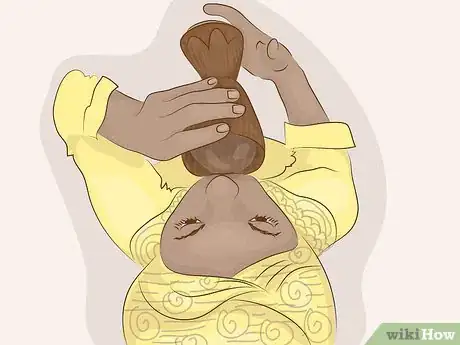
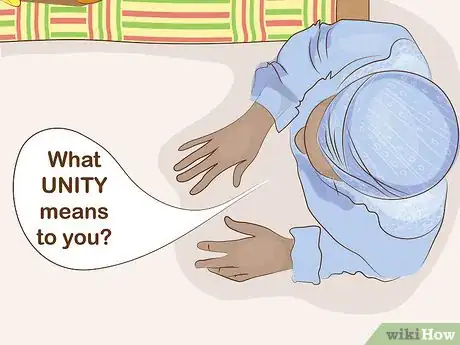
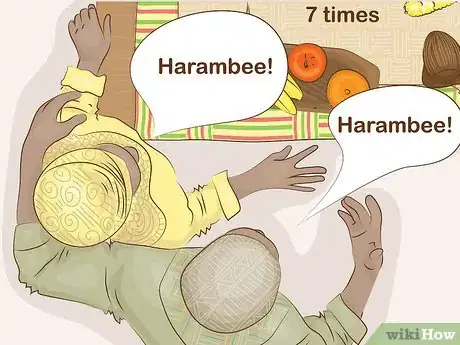


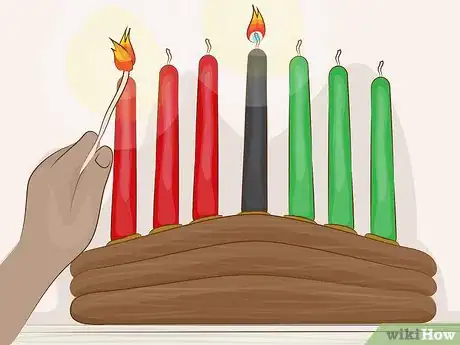
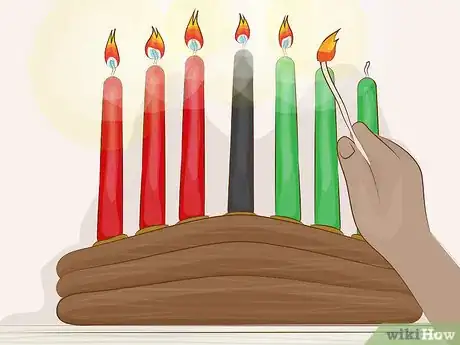
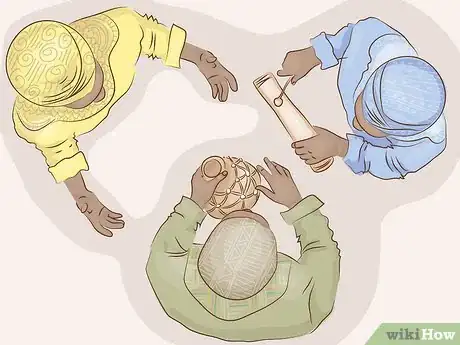




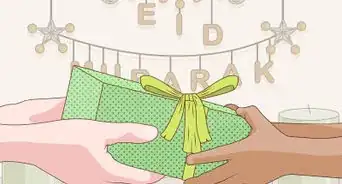



-Step-16.webp)
















































